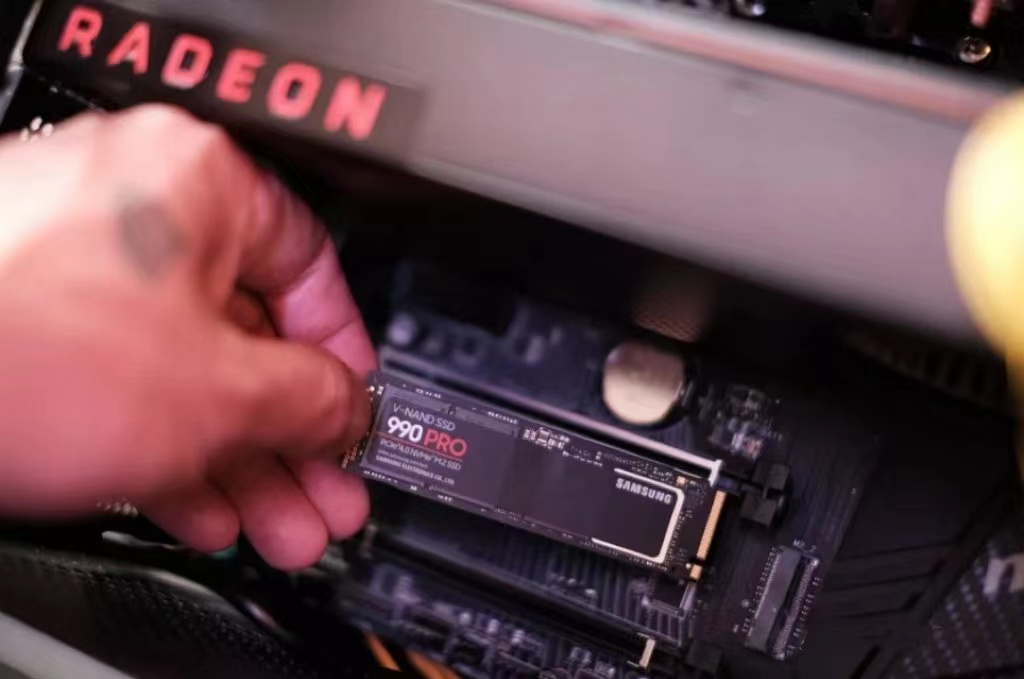One of the breakthroughs of researchers at City College in New York is the use of diamonds to create permanent data storage media for the future. The ability to write 25GB of data per square inch may change the way we store and access digital information.
Treasure house of storage. A study published in Natural Nanotechnology focusses on Richard G. Monge and Tom Delord led the research and developed a new technology that not only uses diamonds as jewelry, but also uses them as powerful data storage devices.
The secret lies in the so-called "colour heart" in diamonds. These are small defects of atomic deletion, forming spots that can absorb light. Tom Delord, a postdoctoral researcher at CCNY, explained: "This means that we can store different information in different atoms of the same microview by using lasers with slightly different colours, thus storing many different images in the same location of the diamond."
Usually, optical data storage encounters an obstacle called diffraction limit, which is a physical barrier to prevent data from being written too close. The CCNY method cleverly avoids this problem. By adjusting the color (or wavelength) of the light used, they can closely combine different colors and package more data into a small space.

This is not just a once-and-one technology. Data written to these diamond defects can be repeatedly erased and rewritten. According to Drode, this new technology enables their team to write and read tiny data "as small as a single atom" at the molecular level. The team achieves 25GB of data density per square inch - imagine storing the content of the entire Blu-ray disc in a space smaller than a stamp!
CCNY's research on diamonds is part of the broader trend of exploring unconventional materials for data storage. For example, Microsoft's Project Silica is trying to use quartz glass as a cloud storage solution. By using the durability of glass to store data, it can help preserve a large amount of digital data for centuries.
The impact is huge. Although the use of diamonds seems expensive, diamonds grown in the laboratory may make this technology commercially acceptable. If this method can be applied to other materials or at room temperature, it may revolutionise computing and digital storage. Imagine having a diamond not only glitters on your fingers, but also has a library with books, photos, etc.
Similarly, another breakthrough in the field of data storage is the development of ceramic nanomemory. This technology is expected to subvert the $500 billion storage industry and use advanced materials to store data in a more compact, durable and energy-saving way.
